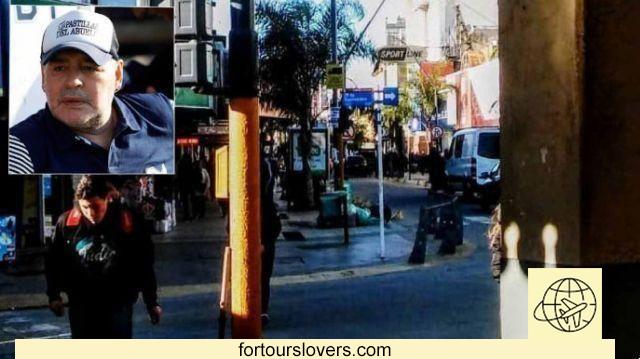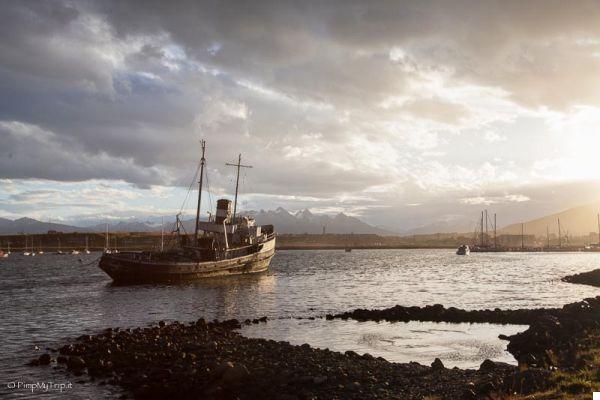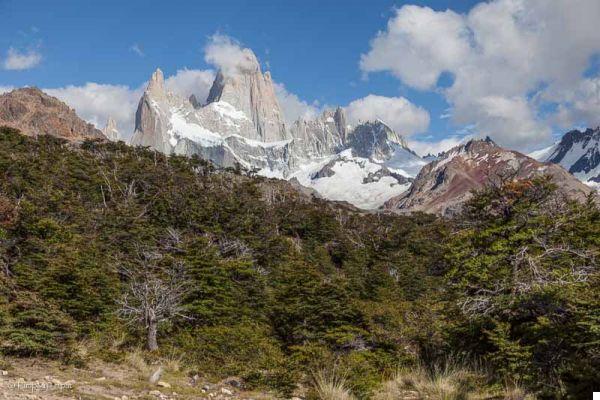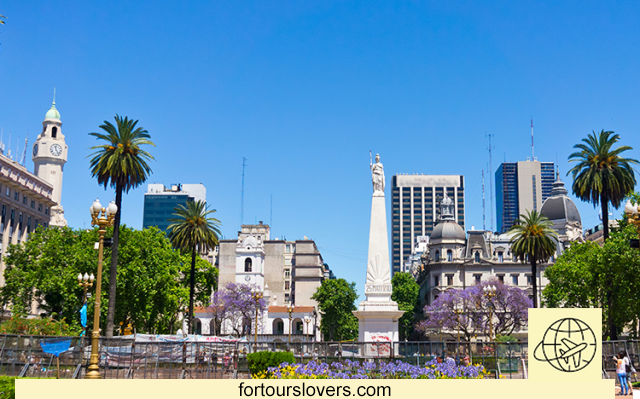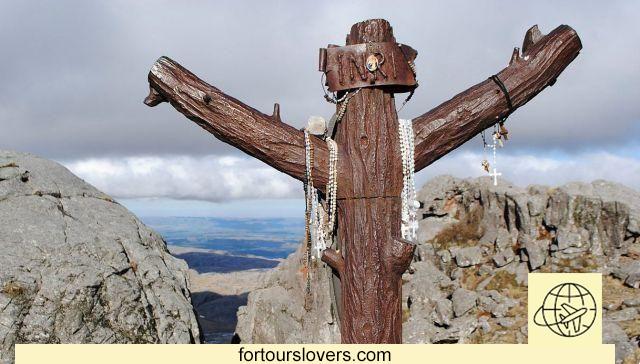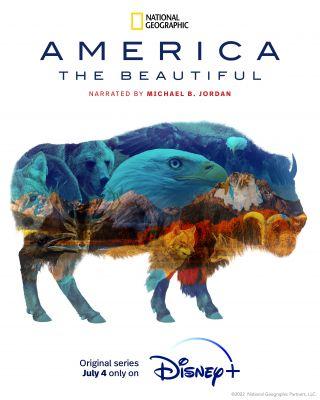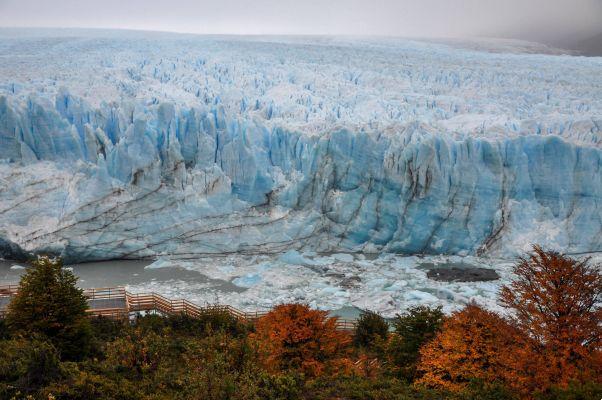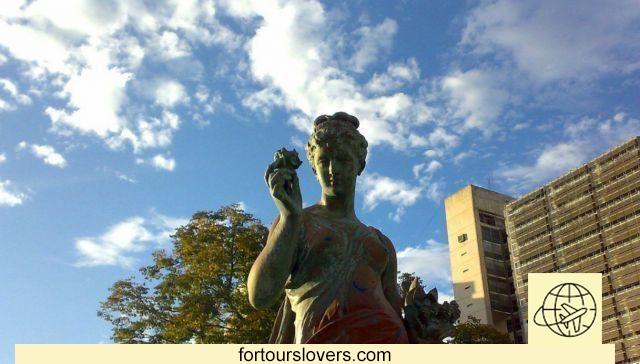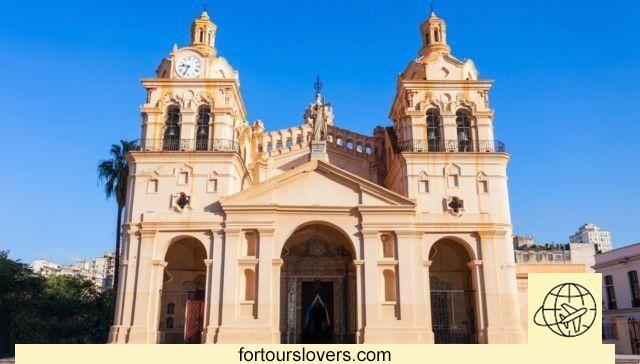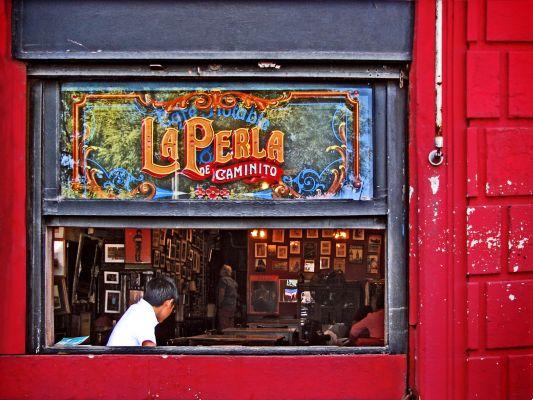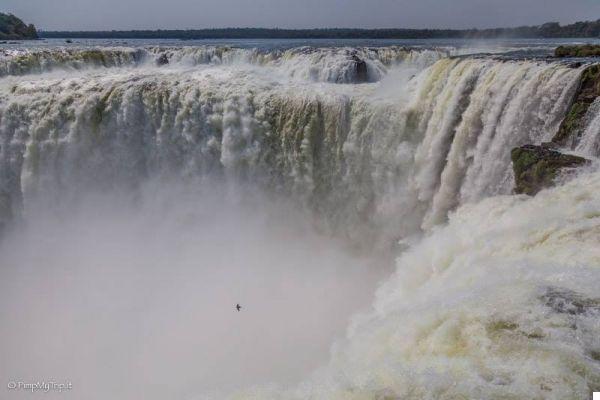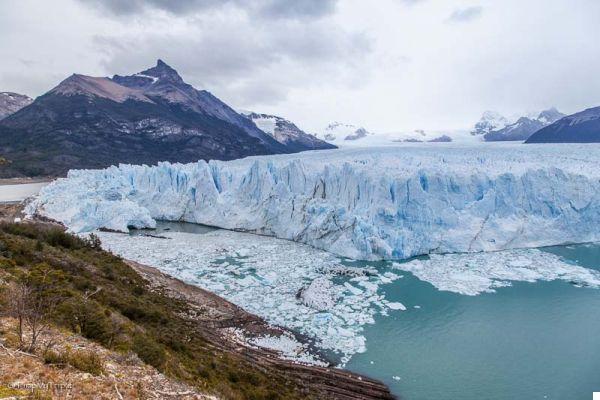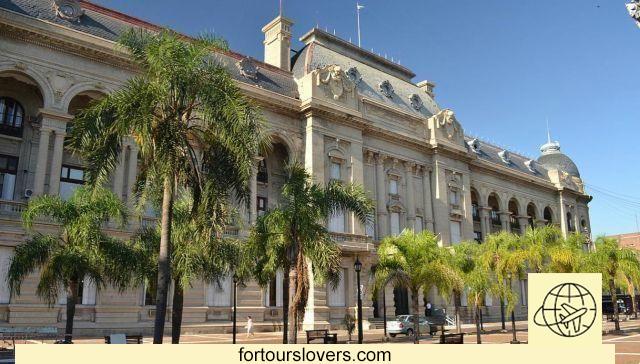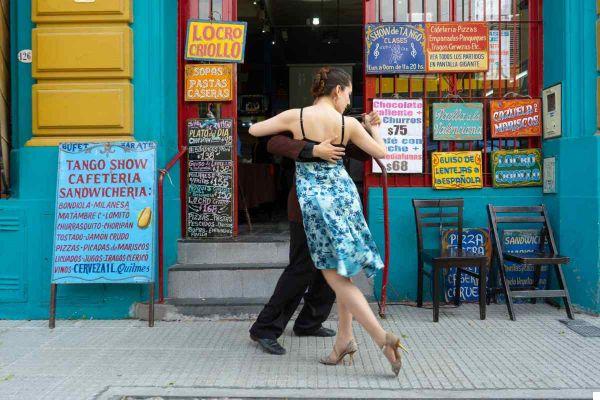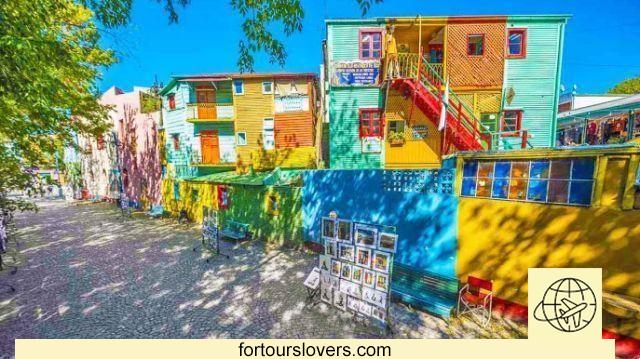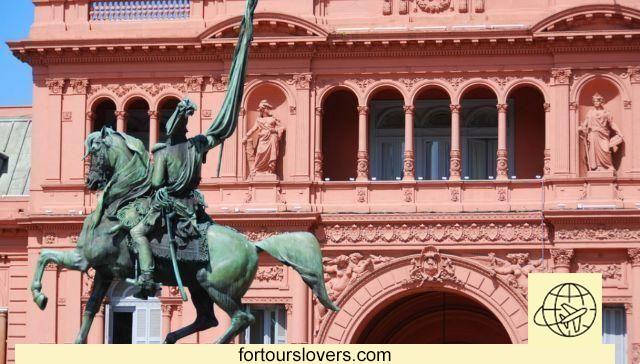
Buenos Aires is the capital of Argentina, very important from a political and cultural point of view, it houses the most important and interesting museums in the entire state.
Buenos Aires, the Argentine capital, is the largest and most important city in the state, a metropolis where millions of inhabitants from all over the world have created a unique cultural mix. In addition to being the political capital of the state, Buenos Aires can also be considered the cultural capital, in fact among its streets are the institutions cultural, most important and prestigious artistic and university institutions in all of Argentina.
In this sense, the network of museums in the Argentine capital is considered the best in all of South America, both due to the importance of the collections and the immensity and variety of museum institutions found in the center of Buenos Aires. Thus, they make it one of the favorite destinations for cultural tourism in Latin America. since the founding of the first Argentine Museum of Natural Sciences.
In 1812, at the last inauguration in 2015 of Malvinas and South Atlantic Islands Museum The entire contemporary history of the capital has been marked by the opening of new museum institutions, which often, in addition to the splendid collections they house, tell a lot about the history of Argentina.
In this guide we will point out some of the most interesting and prestigious museums in the Argentine capital to see the best of the artistic, historical and scientific collections of Buenos Aires.
National museum of fine arts, Argentina's main museum institution in the artistic field, the artistic treasures of Argentina are preserved here, including a rich collection of paintings from all over the world, a selection of works by the main Argentine artists of the past and the largest library. dedicated to art throughout South America.
Among the main works that can be admired in this museum are paintings by El Greco, Francisco Goya, Auguste Rodin, Claude Monet, Paul Cézanne, Vincent Van Gogh, Edgar Degas, Giorgio De Chirico, Vasily V. Kandinsky and Pablo Picasso, as well as as well as the Argentine Spilimbergo, Pueyrredón and Fader. Located in the La Recoleta neighborhood, the museum is the most visited in the city, also thanks to the prestigious temporary exhibitions that are usually installed in its rooms.
Museum of Latin American Art of Buenos Aires (MALBA), a private cultural institution managed by a foundation that aims to collect, preserve, study and disseminate Latin American art from the beginning of the 20th century to the present, all within a futuristic structure built in the capital of the late 20th century in a style deconstructivist. style using cutting-edge materials. Inside you can admire and study the most recent and innovative results of the Argentine and South American art scene, as well as numerous temporary exhibitions where installations and experimental photography reign supreme.
National Museum of Decorative Art, a museum dedicated to the decorative arts and the "minor" arts, inserted in the magnificent neoclassical setting of Errázuriz Palace, an incredible residence built in the 1920s inspired by French architecture. In the rooms of this museum you can admire works of sculpture, miniature, cabinetmaking, goldsmithing and some paintings of great artistic value by Jean-Honoré Fragonard, Édouard Manet and many others.
Kid's museum, a small reality that nevertheless brings joy to all the children who visit it, located inside the elegant art deco building called "Abasto" and which brings together an infinite number of interactive activities dedicated to the little ones who visit the capital. In its rooms there are multimedia and plastic panels that simulate the activities of the Argentine city and young visitors can dedicate themselves to discovering and looking for the most fun and educational activities.
Pink House MuseumLocated inside the state presidential residence, the museum is a large collection of objects, furniture and works of art linked to the history of the presidents of Argentina. Touring its rooms, visitors can see behind the scenes of the lives of the men who marked the course of Argentine history and learn about historical events in detail.
The Casa Rosada palace was once a Spanish fortress, demolished and rebuilt several times. The pink plaster on the exterior walls has a meaning: it is said to be a tribute to the end of the civil war that devastated the country at the beginning of the 19th century, combining the white of the Unionists and the red of the Federalists. .
Argentine Museum of Natural Sciences Bernardino Rivadavia, the oldest museum in the capital, which brings together an immense collection of finds that trace the natural history of the Argentine territory from prehistory to the contemporary age. The most incredible pieces in the collection are the dinosaur skeletons and megafauna that show all their prehistoric power, such as the great carnotaur or the fearsome saber-toothed tigers. In addition to fossil remains, the museum houses a large collection of minerals and gems collected in more than two centuries of activity at the University of Buenos Aires.
Evita Museum, a very particular museum dedicated to one of the most controversial and beloved figures in the history of contemporary Argentina, Evita Perón, the wife of Juan Domingo Perón, president of Argentina from 1946 to 1955. Evita, whose real name was Eva María Ibarguren She is an object of true veneration in Argentina and this museum represents a way of trying to understand and learn about this popular phenomenon through a huge collection of documentary and multimedia material, as well as a rich collection of objects and clothing of the most famous woman in the country.
Simik Photographic Museum, a small private museum that brings together a vast collection of photographic equipment and images taken throughout the contemporary history of Argentina, an unusual and curious way to learn about the country's history from a particular point of view.





